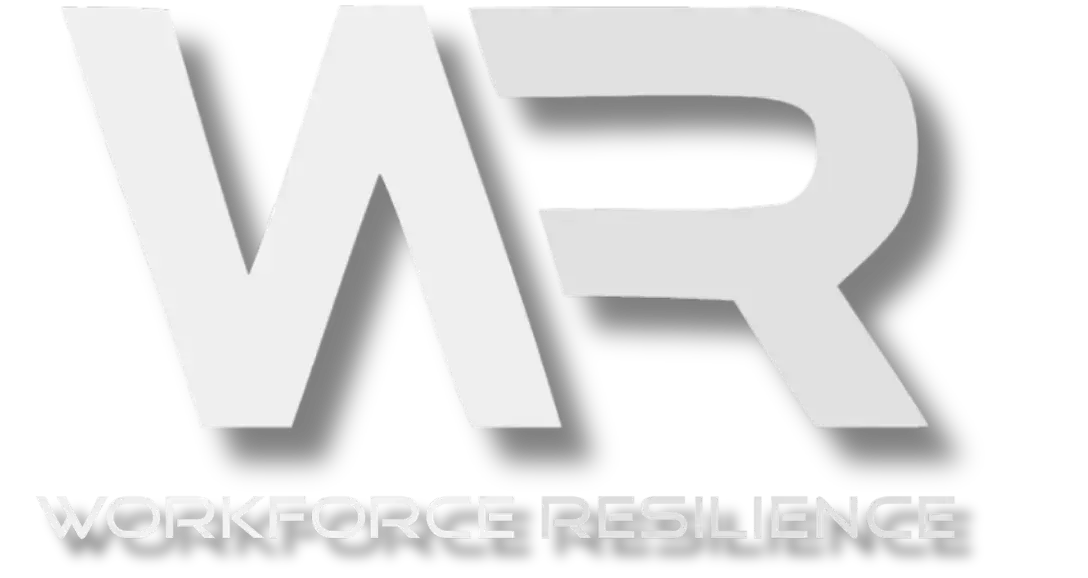Hopefully we all agree that your organisations key assets are your workforce, no doubt closely followed by your information and physical resources. Your key assets are literally what makes your business a success, so it makes perfect sense for you to be on the front foot when considering their safety and security.
When you consider the substantial impact on your workforce, customers / clients, reputation and profit if your key assets were to be adversely affected by a significant critical incident such as an active armed offender, you start to recognise the importance of being proactive around this risk.
So, what exactly is an active armed offender incident?
The Australia New Zealand Counter Terrorism Committee has not currently defined an Active Armed Offender Incident and continues to refer to Active Shooters: A person armed with a firearm(s) who is actively engaged in killing or attempting to cause serious harm to multiple people in a populated area.
With the increased incidence of attacks involving weapons other than a firearm or where firearms and other weapons such as knives, IED’s and even vehicles are used simultaneously, it is necessary to consider a broader term to more accurately define these incidents.
Workforce Resilience has defined an Active Armed Offender Incident (AAOI) as: An incident where an offender/s is armed with any weapon (e.g. firearm, knife, explosives or improvised weapon including a vehicle) and is actively engaged in killing or attempting to cause serious harm to multiple people.
It is important to recognise that ideological terrorism may not be the only motivation for an AAOI in your workplace. It is equally as likely for the motivation to be: workplace related (disgruntled employee or customer); crime related (drugs or robbery); domestic Violence related; or mental illness related.
If an active armed offender incident were to occur in your workplace, precinct or community tomorrow, could your Executive Leadership Team effectively demonstrate that they have put steps in place to prepare for, prevent, respond to and successfully recover?
Could your organisation confidently respond to questions from authorities, insurance, media and families of people who may be at risk in a critical incident?
Not sure about how your organisation and workforce would respond? Here are some tips on where you should start:
1.) Ensure that someone in your organisation has clear ownership of this risk.
Assign responsibility to a key member of the leadership team and ensure that security around your key assets is a standing item on your board’s agenda.
2.) Undertake a Security Vulnerabilities Assessmenton your workplace and facilities.
Identifying vulnerabilities in and around your workplace will provide a snapshot of risks and issues, enable budget allocation to be set aside for critical security concerns and detail areas that require consideration whilst developing your AAOI Plan.
3.) Develop an Active Armed Offender Incident Plan.
It is no longer sufficient to simply plan only for fire evacuations in your workplace. All potential critical incidents must be considered and your leadership team and workforce need to be equipped with the most contemporary skills and procedures to assist them in ensuring that your clients, stakeholders, visitors and colleagues remain safe through the adoption of the main components of the AAOI procedure – Escape / Hide / Act.
4.) Socialise the planand procedures to your staff and stakeholders through Awareness Workshops and Training.
There is no point developing a plan for your workplace if no one knows about it. Set a training schedule for your workforce, ensuring that all staff receive a level of training that is appropriate for their role or position in the organisation.
Consider requirements for face to face or online training methods, being conscious that all members of the organisation need to receive some level of formal training and certain members require extended sessions.
5.) Develop scenariosto facilitate discussion and during desktop and site exercises.
Scenarios are a critical element in the overall process of building resilience within your organisation. They should be realistic, consider all possible threats and involve your key team members (including your executive leadership team).
6.) Continuous Improvement is an essential part of the process, ensuring that your security strategies remain contemporary, active armed offender plans and training solutions / activities keep abreast with the changing global environment. Ensure that you have a trusted consultant and / or key member of your team who can keep delivering to maintain the safety of your key assets.
7.) Considering the opportunity for recoveryis a factor that must be included and is often overlooked. There are many components to a successful recovery, and it is often a slow process but at the outset, a well-structured Employee Assistance Program or access to relevant support services and professionals should always be available for staff or stakeholders impacted by a critical incident.
The value that you place on maintaining and developing your key assets and how you prioritise their security requirements will ultimately be reflected in your level of commitment in investment and resourcing in this critical area.
